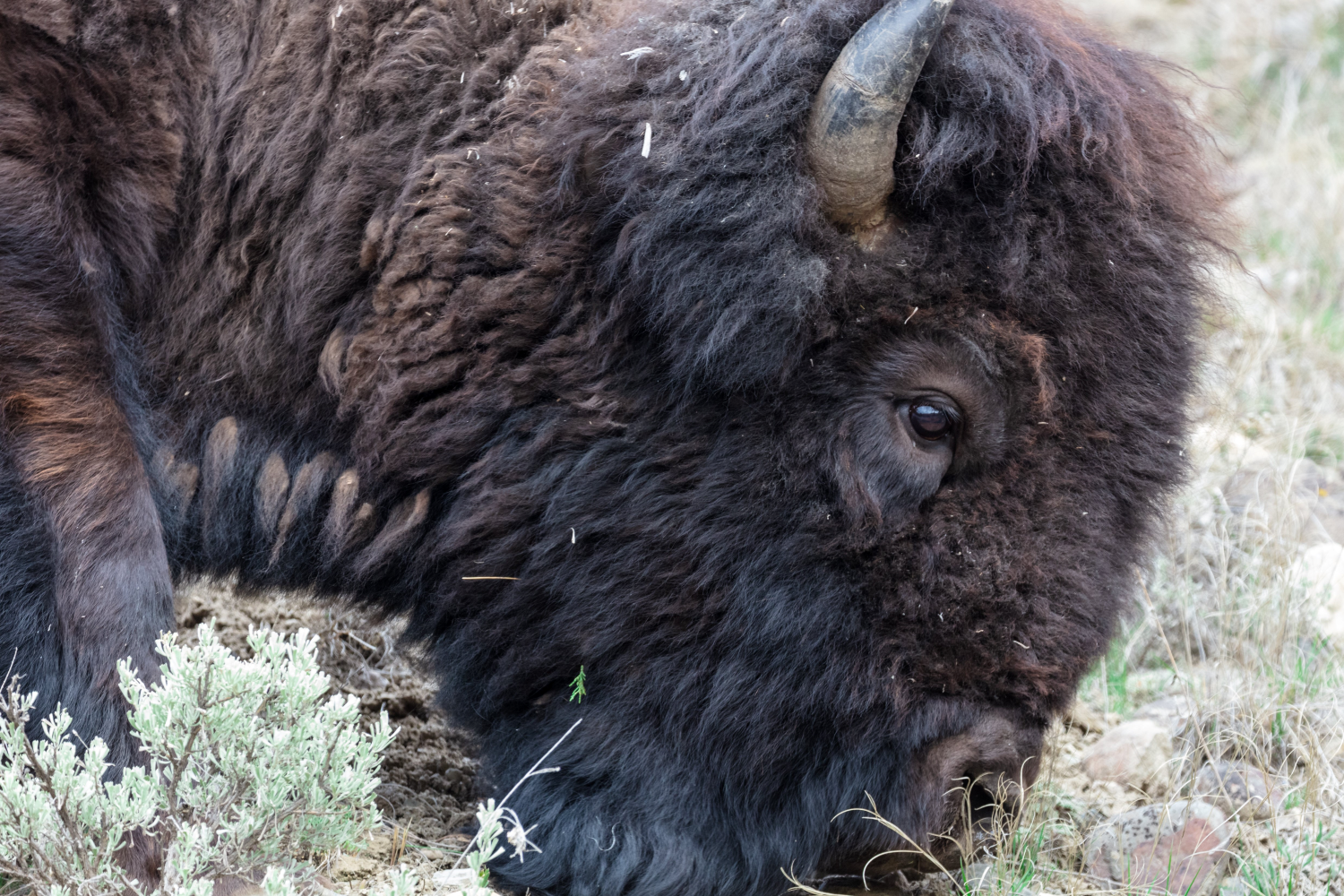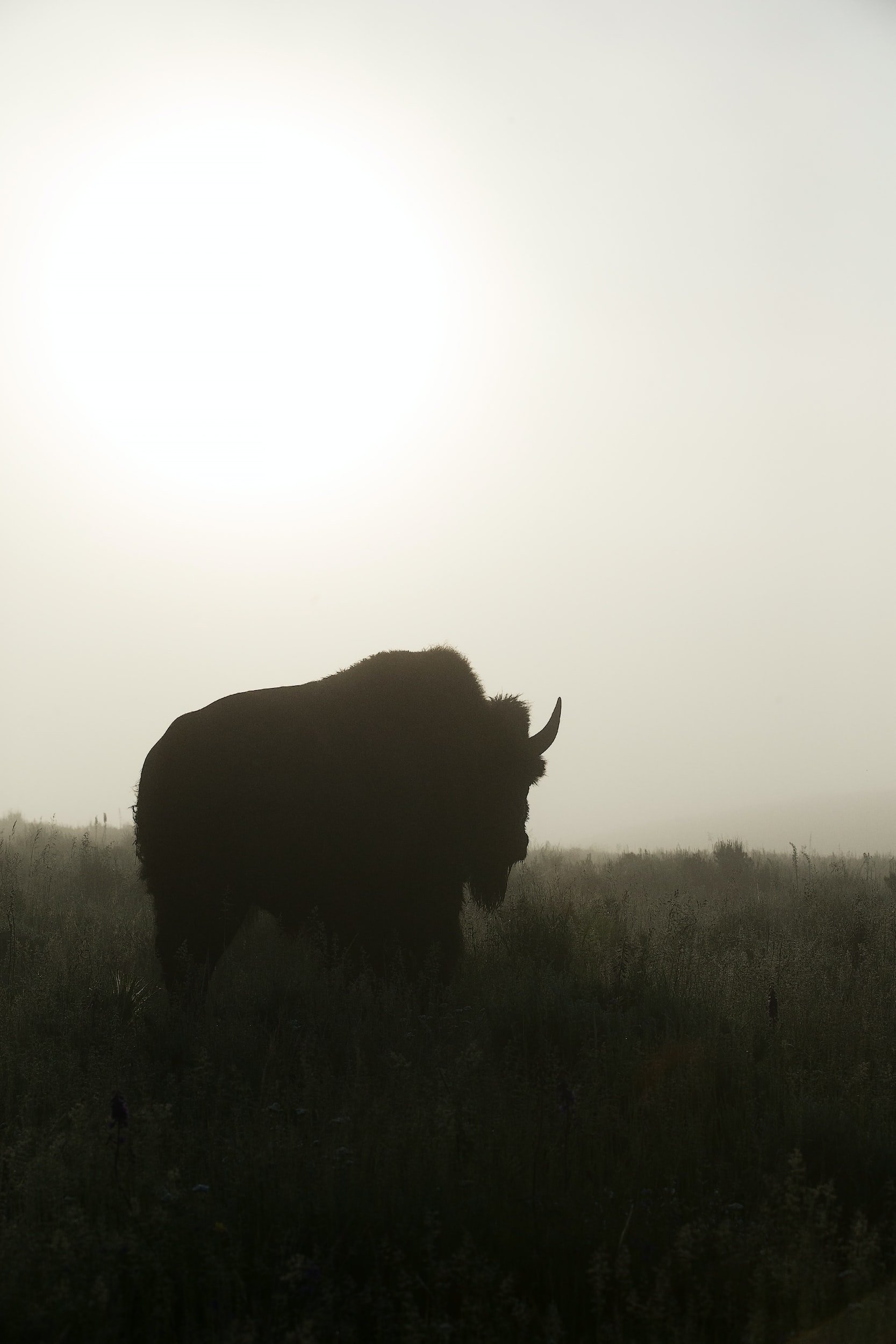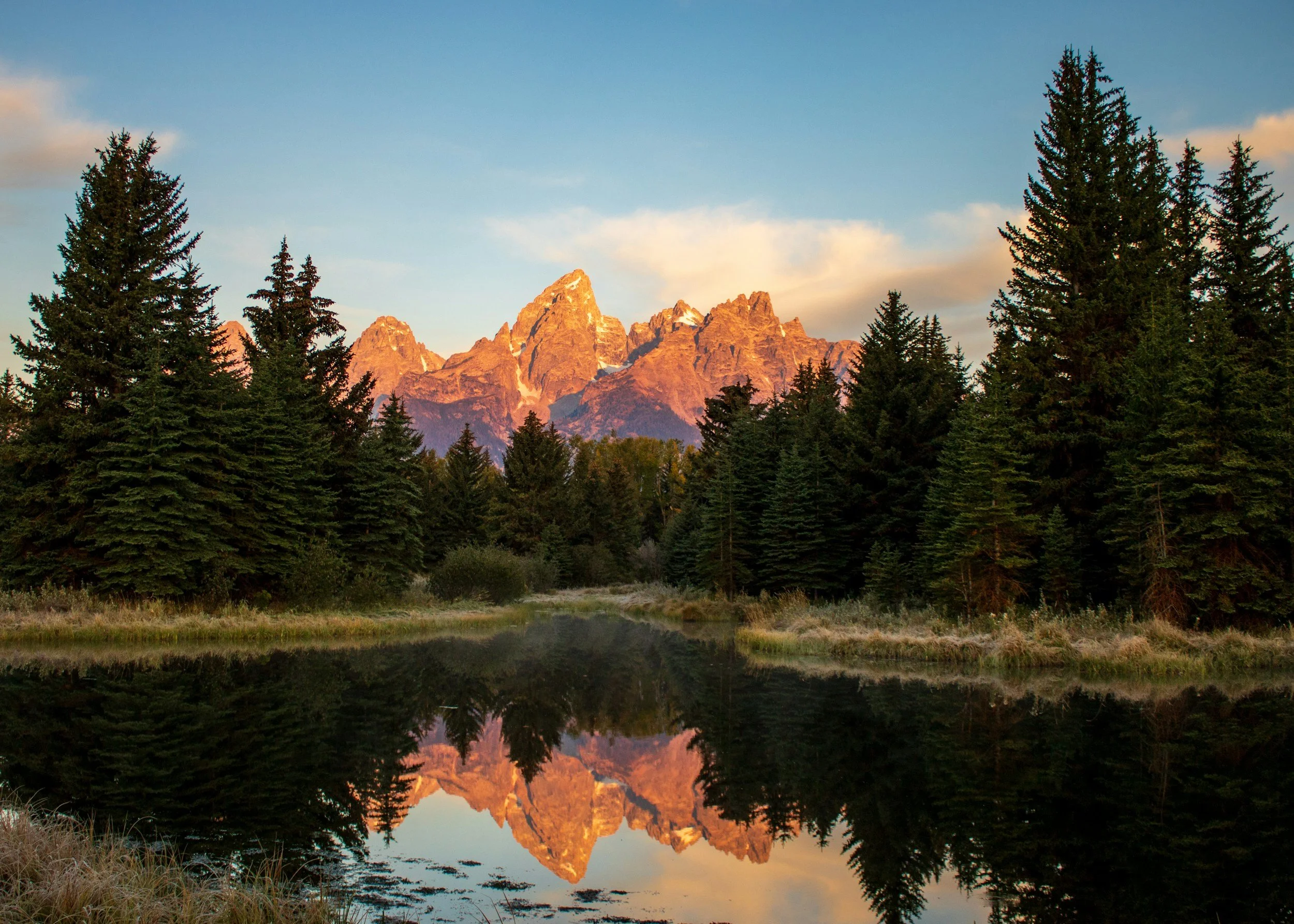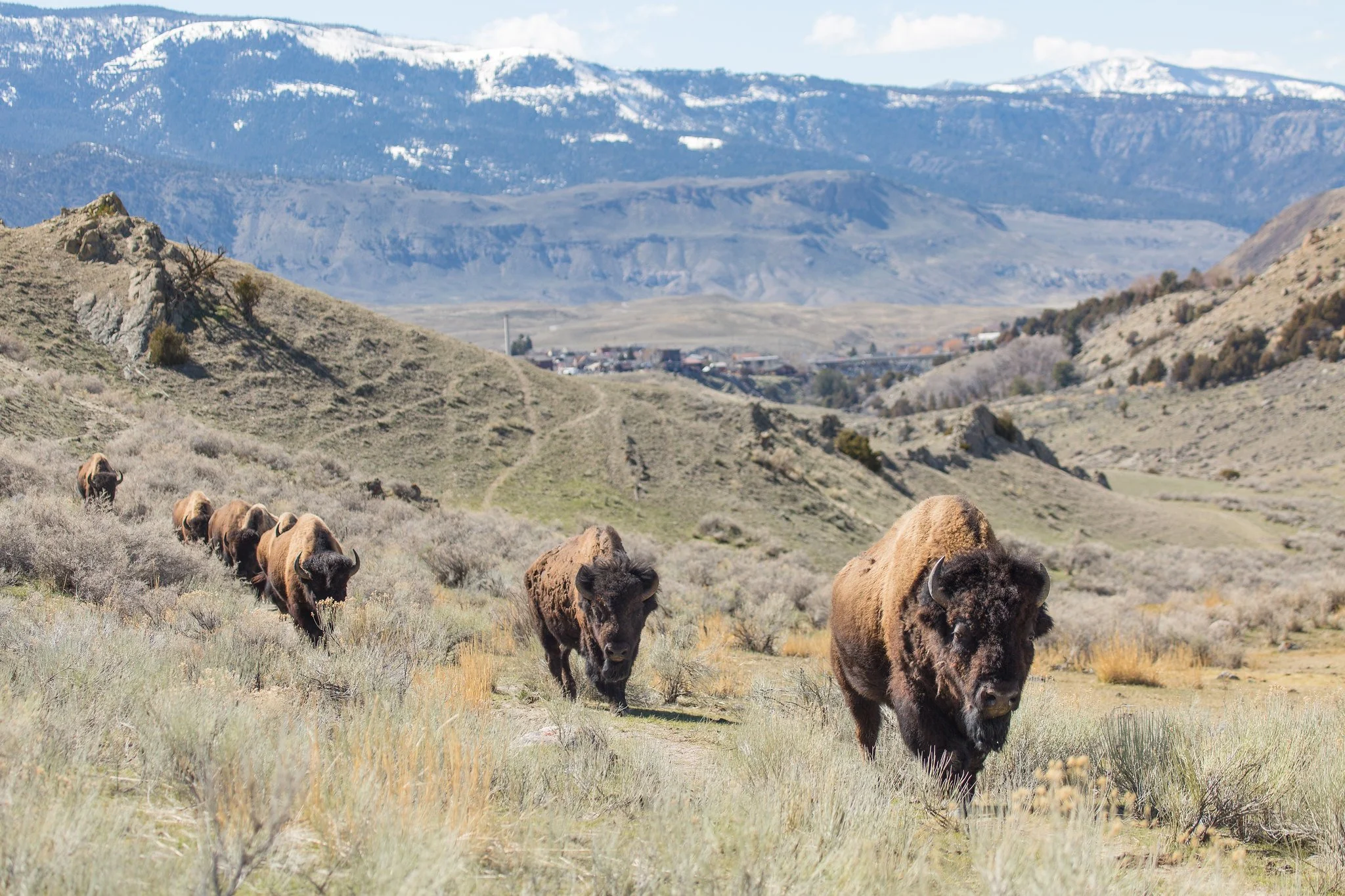
Expanding Tribal Buffalo Herds
The ecological, cultural, and spiritual importance of wild, free-roaming bison cannot be overstated. Bison – called buffalo by many Tribes that retain ancestral and current ties to the magnificent creatures – are one of the most broadly significant species in the Greater Yellowstone Ecosystem.
As ecosystem engineers, they play a critical role on the landscape; their grazing, movements, and behavior shape the physical environment, creating new habitat and forage for a plethora of species while promoting plant diversity, health, and abundance. The many Native Peoples who inhabited and traversed the Greater Yellowstone Ecosystem for millennia before the arrival of European colonizers were intimately tied to the vast herds of sacred buffalo and the food, shelter, and spiritual connection they provided.
The arrival of European settlers in North America set the stage for the near extermination of buffalo by the late 1800s. By 1900, the 30 to 50 million buffalo that once roamed the continent were reduced to a mere 23 animals that found refuge in the remote high-elevation interior of Yellowstone. The campaign to systematically exterminate buffalo was led by the United States government and military in an effort to starve and eradicate the countless Tribes that depended on this iconic mammal.
Driving this species to near extinction not only erased a vital food source and the ability of Tribes to maintain food sovereignty, but it also severed cultural, spiritual, and life-giving connections and relationships critical to sustaining Tribes’ ways of life. Despite decades of conservation work that has led to the miraculous recovery of Yellowstone bison, which includes roughly 5,000 animals in Yellowstone National Park today, there is still work to be done to return buffalo to their rightful place on Tribal landscapes across North America.
The Greater Yellowstone Coalition believes that providing wild, genetically incomparable Yellowstone bison to Tribally managed herds is a vital component of bison restoration across Greater Yellowstone and beyond.
We are supporting the expansion of Tribal buffalo herds through a number of programs, partnerships, and initiatives. Key among them is our partnership with Yellowstone National Park and Yellowstone Forever to expand the Yellowstone Bison Conservation Transfer program facility, substantially increasing the program’s capacity to screen bison for brucellosis, and subsequently allowing for more live Yellowstone bison to be moved from the park population to Tribal herds across the region.
Additionally, as part of our leadership role within the Water and Buffalo Alliance, we are working with the Wind River Tribal Buffalo Initiative to support their vision to restore 1,000 buffalo across 100,000 acres of the Wind River Indian Reservation. To advance this vision, GYC is working with the Eastern Shoshone and Northern Arapaho Tribes of the Wind River Indian Reservation to advocate for the repatriation of over 100,000 acres of federally controlled lands within the reservation. Returning these lands to Tribal control would open up more habitat for the growing Wind River Tribal buffalo herds.
Further, we are working with Tribal leadership to explore opportunities to convert cattle grazing allotments on the Wind River Indian Reservation to grazable habitat for buffalo. By opening up additional habitat on the reservation itself, and by supporting the return of wild bison to Tribal lands where they have been absent for generations, we are contributing to a vision for meaningful restoration of buffalo across North America, supporting Tribal sovereignty and Indigenous food sovereignty, and returning a vital ecosystem engineer to the landscape of Greater Yellowstone.
Learn more about our bison conservation work.




